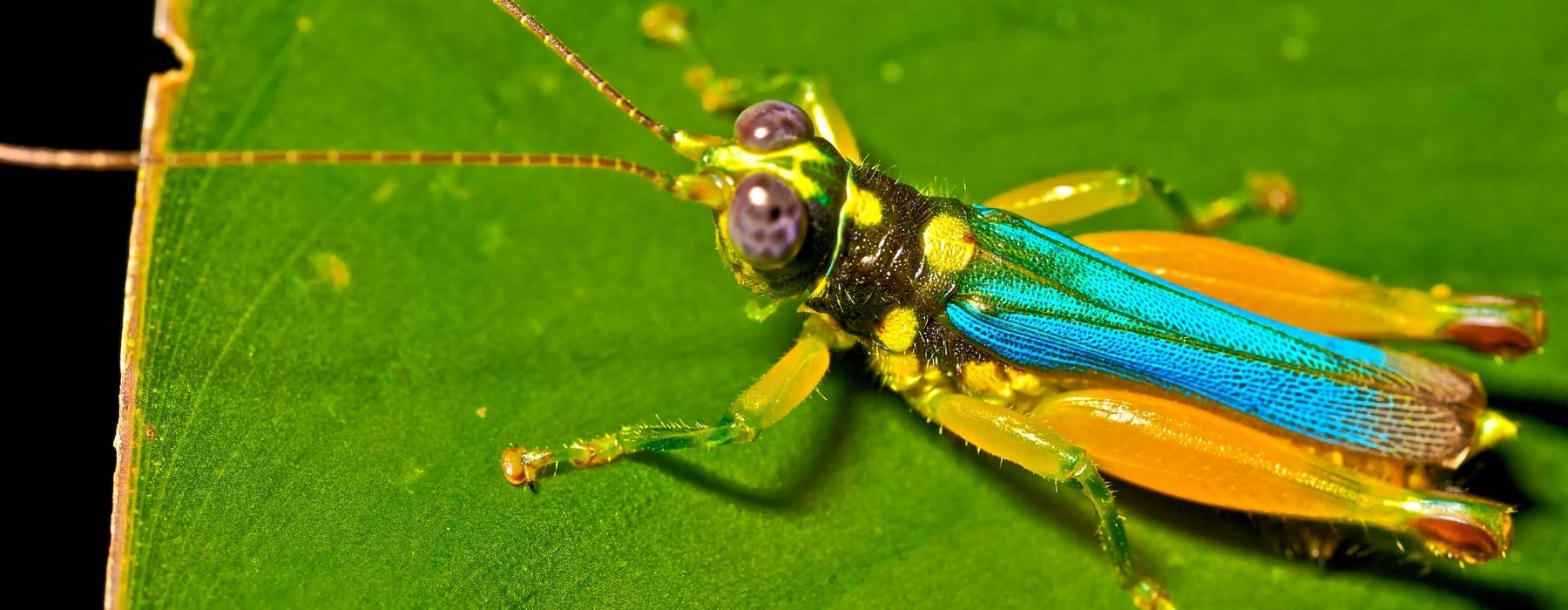
Stretching from southern Peru along the foothills of the eastern Andes, the Manu National Park is home of the best species-rich areas in the world. The area includes in its greatest extension a flat geography, with short, hilly and rugged regions; crossed by different watercourses, which favor the conditions for a greater diversification of its biodiversity.
The entomological community constitutes the largest component of biodiversity, with more than half (56.3%) of the number of animal species. The researchers point out that 40,000 different insect specimens live in one hectare of the Manu National Park jungle, most of them Coleoptera; which are constituted as good bioindicators of the state of conservation of ecosystems.
These organisms fulfill various ecological roles, provide important ecological services in the ecosystem, such as decomposers (allow the recycling of nutrients and waste material), consumers (they feed on matter of plant origin, favor the development of plants by pollinating crops, although they also can become pests of cultivated and wild plants), predators (they feed on other arthropods and harmful or beneficial organisms, influencing their habitat) and parasites (they control the population of other pest and non-pest arthropods, within tolerable limits both for the economy of man and the ecosystem).
A study recently published in the scientific journal “Biota Neotropica” reveals that the Manu National Park is the protected natural area with the greatest diversity of amphibians and reptiles on the planet. Rudolf von May, one of the authors of the investigation, specifies that the Manu National Park and its buffer zone found 155 species of amphibians (frogs, toads, salamanders and caecilians) and 132 species of reptiles (snakes, lizards, turtles and alligators).

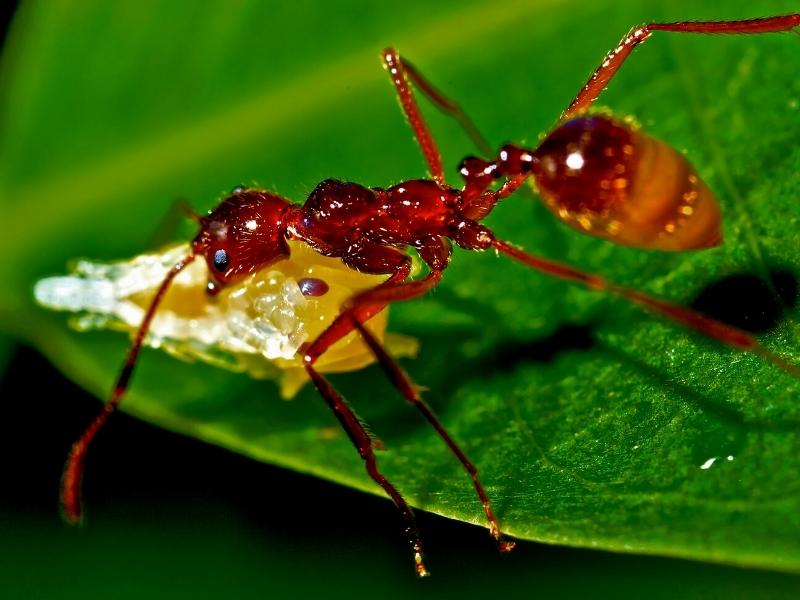
Known as Ants, they interact with other organisms belonging to each trophic level. They act as predators, omnivores and herbivores. Their activities facilitate the decomposition of organic matter that accumulates in tropical forests, being important for the maintenance of nutrient cycles and other ecological processes.
Of the approximately 11,500 described ant species that exist today; Some 3,100 species distributed in 14 subfamilies and 120 genera have been reported for the Neotropical Region. In Amazonian forests, 362 species of ants were recorded in the Manu National Park, a world record recorded in a single place. Ants are considered ideal organisms to carry out biodiversity studies due to their characteristics: High taxonomic and functional diversity, numerical and biomass dominance (in most terrestrial habitats), ease of collection, occurrence of nests and stationary foraging places that allow environmental evaluations, development of important functions in ecosystems including interactions with organisms of each trophic level and adequate taxonomic knowledge of the species.
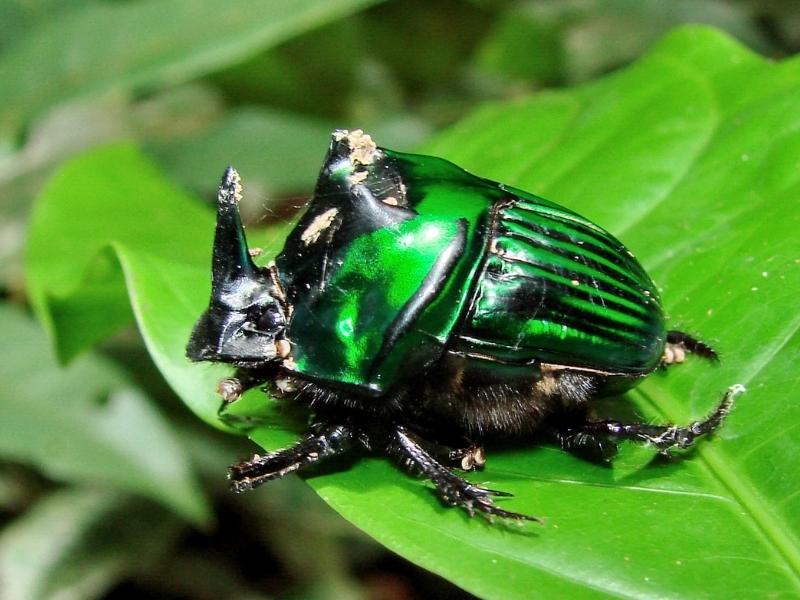
Of the beetles, those belonging to the Family Scarabaeiodea feed on a wide variety of vegetable organic matter (roots, different parts of living and/or decomposed plants) and animal organic material (living and/or decomposing such as waste, feces, etc.), which constitutes an important function that allows recycling of organic material. Likewise, soil ventilation, plant fertilization, seed dispersal and consumption of gastrointestinal parasites (nematodes, helminths, protozoa and other microorganisms) found in fecal matter are favored.
It is constituted as a group sensitive to changes in producing organisms (mammals, birds, etc.) considered as indicators of diversity and ecological monitoring of habitat.

The Carabidae constitute a large group of beetles occupying various environments, and being good bioindicators of terrestrial ecosystems.
Numerous species depend on the ecological characteristics of the components of the ecosystems they inhabit, such as: soil, undergrowth, vegetation cover, etc. They present epigeal life with predatory activity of pinworm insects, annelids and molluscs. Some groups include phytophagous species in the larval or adult phase or during both periods of the life cycle.
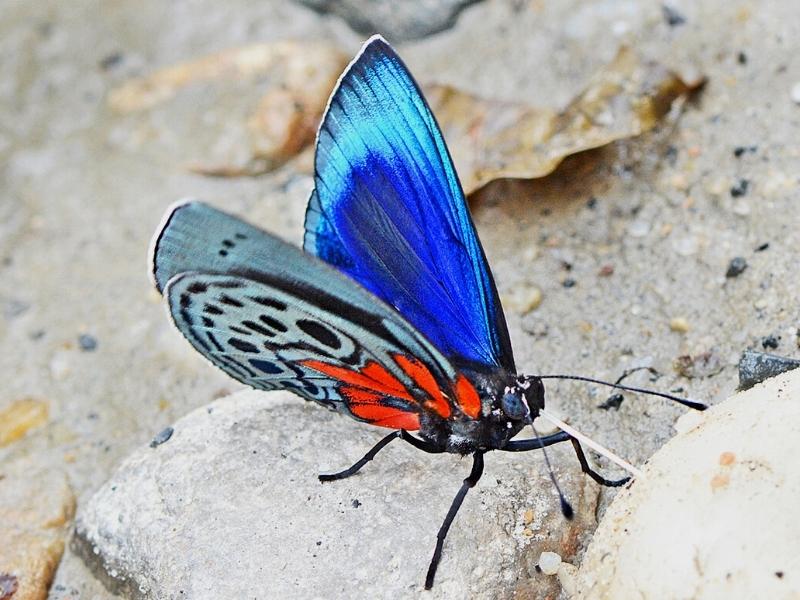
The butterflies are some of the most famous insects of the region, flaunting beautiful vivid colors unlike insects anywhere else in the world. The Amazon basin, particularly Peru, harbors the highest levels of butterfly diversity on the planet.
Nearly 7000 species of butterflies have been identified in the Neotropics; one-half of these are known to be located in Peru.
Manu National Park in Peru is an area in which over 1307 butterfly species have been identified; this is twice the number of butterflies found in the entire United States. Of these species, one of the most famous is the Blue Morpho butterfly-Morpho rhetenor-which is so iridescent that it can be viewed up to one-half mile away due to the microstructures within its wings.
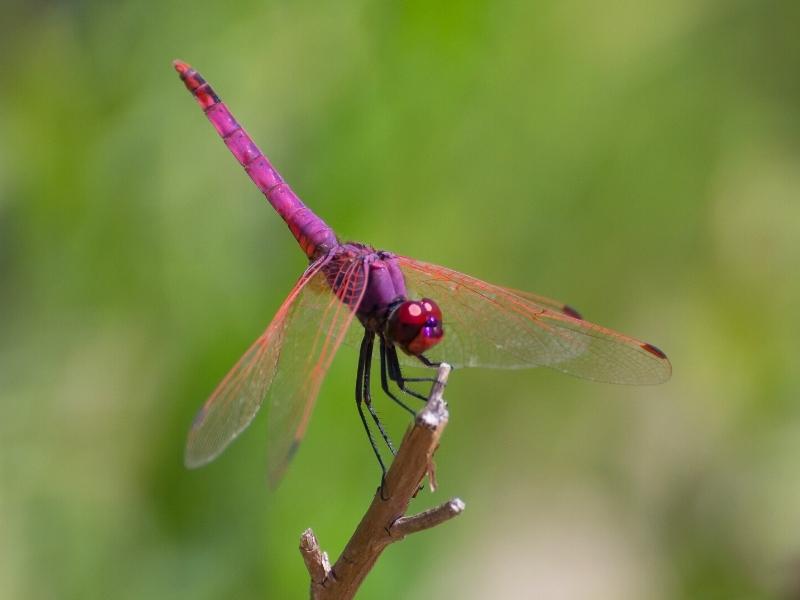
Another of the insects of the Peruvian jungle is the Anisoptera, which is commonly known as the dragonfly. Its natural habitat is near puddles, rivers, and swampy lands. These types of insects do not bite people and a plus point is that they are valuable predators, since they control the populations of flies and mosquitoes, some of which transmit diseases such as dengue.
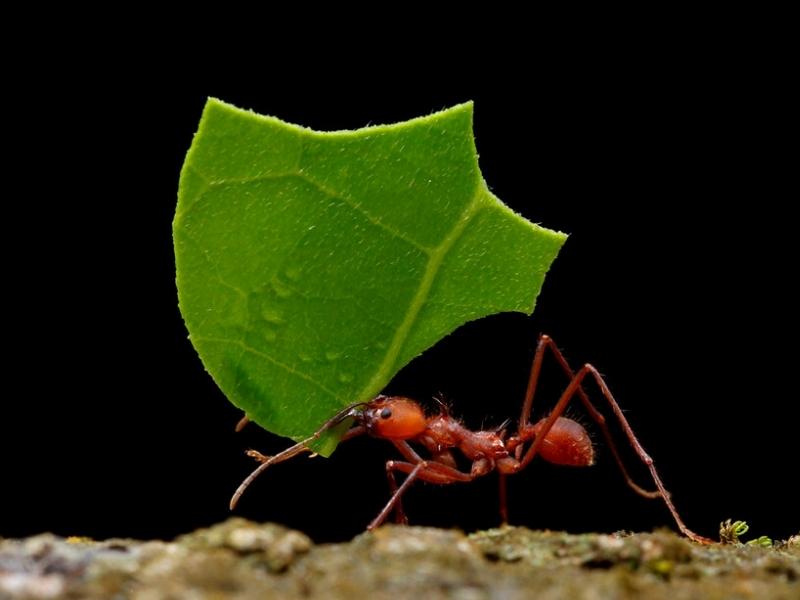
With their massive jaws, strong enough to pierce human skin, leaf-cutter ants are well equipped to tear away at vegetation. Not surprisingly, they have the distinction of being the primary consumer of vegetation in the Amazon rainforests, where their actions remove 15% of leaf production.
Leaf-cutter ants live in massive colonies – sometimes reaching three million – and build gigantic hills for their homes. These are equivalent to huge housing complexes, often reaching more than 9 m across and more than 6 m deep, with multiple entrances. Some of the most complex social systems seen in organized societies are found in these colonies. Leaf-cutter ants form female societies, where the males! main function is reproduction. Females (referred to as workers) are daughters of the same queen, who emits chemical that keep them infertile.
The size, appearance and function of new adults (their caste) depends on how much fungus they are fed when they are at the larval stage. In some leaf-cutter species, societies include a type of ant that can reach gigantic proportions on the ant scale. The primary function of these giant ants is to retaliate in case of an attack.
Leaf-cutter ants do not actually feed on the leaves they are so adept at destroying. While it has been thought that the fungus cultivated by leaf-cutting ants digests cellulose, which forms the major part of plant cell walls, recent research puts into doubt that ability.
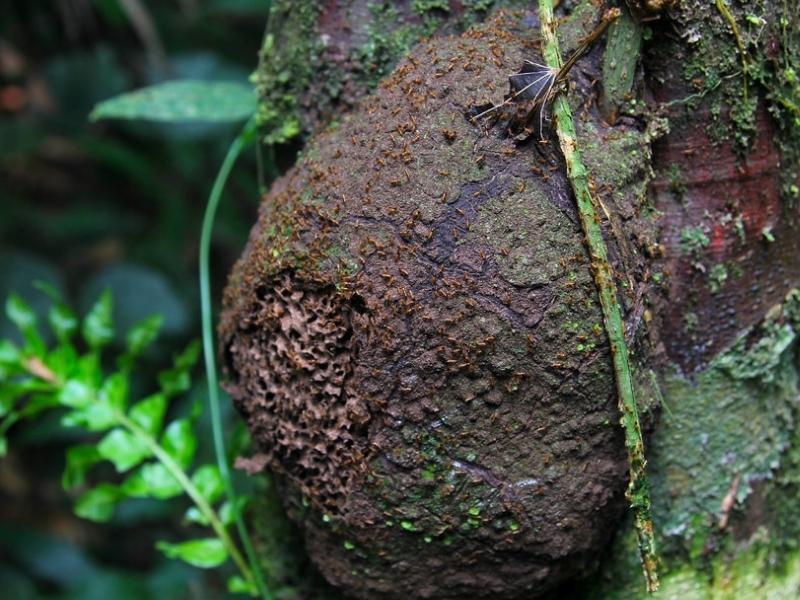
These species occur in rainforests, savannas and mangroves, where they build conspicuous nests. Some termites form castes, which include a worker, soldier and queen.
Termite nests are made of a material called “carton”, which is a mix of digested wood and faecal matter. Their stomachs are adapted to processing wood, although some plant species resist termites. Termite-building abilities are impressive, and they can quickly fix a damaged nest, or termitarium.
Occasionally, termites must share their termitaria with birds such as parakeets, which also use them as nests. Why these birds will also settle in termitaria inhabited by both termites and aggressive biting ants (Dolichoderus species) is still not clear. These ants may be protecting the birds‘ nests by attacking predators or by providing a sort of “odour camouflage”.

These alien-looking predators are related to the plant-eating shield bug. But they’ve adapted a piercing proboscis with which they feed upon their victims (ants and bees are their favorites). The assassin skills for which they are named include coating themselves with ant carcasses to disguise their pheromones and covering their legs with tree sap and grabbing bees out of mid-air with their sticky claws. They may not look like much, but these clever carnivores have some seriously deadly moves.
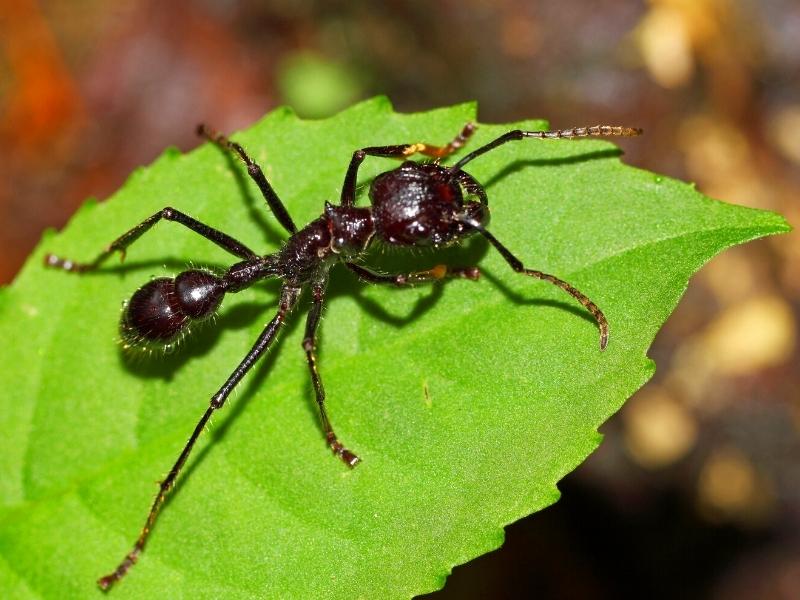
Weighing in as the most dangerous insect for humans on this list, the bullet ant has the title of having the most painful insect bite in the world. The bite of this insect has been compared to the pain of being shot, earning the bullet ant its name. It is also the second-largest species of ant in the world behind the giant hunting ant.
These ants are extremely aggressive towards humans and will defend their nest ferociously, and the searing pain of their bites and stings can last up to 24 hours.
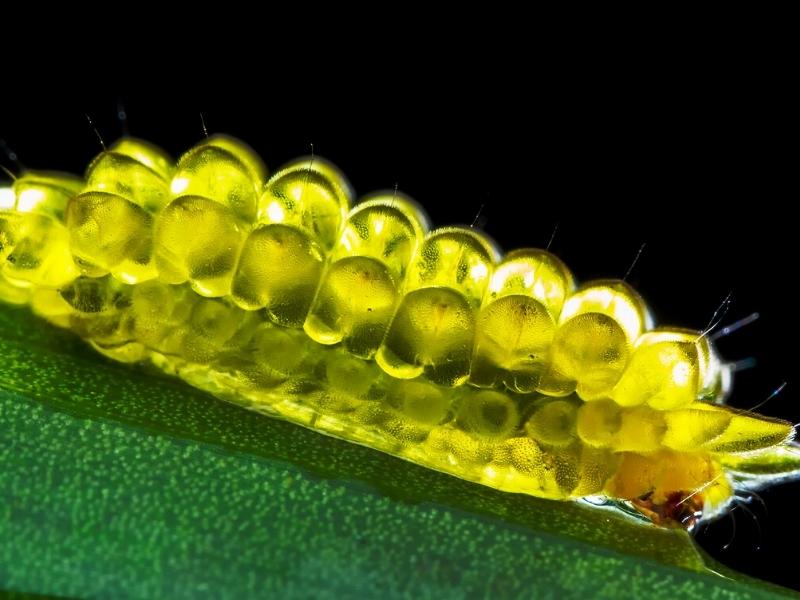
Sometimes referred to as “the nudibraches of the forest,” these vividly colored wonders are rarely seen because they’re so tiny (about a half-inch long) and quick (for a caterpillar). Their gorgeous glass-like colors belie the fact that they’re actually quite gooey, with protective “spikes” that provide defense from predators. While the ant or wasp is dealing with a mouthful of gummy gunk, the future moth makes his hasty getaway.
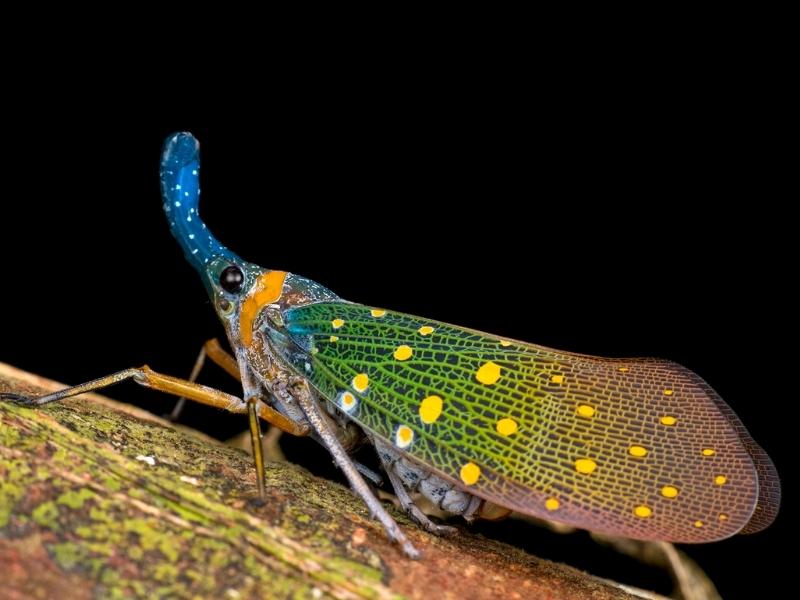
This is an actual real insect, not a strange photoshop job crossing a moth with a peanut. This odd insect’s name came about because of a mistaken belief that their heads were bioluminescent, but this has proven to be untrue.
A member of the Fulgoridae family, it is unclear exactly why the lanternfly has such a strange, bulbous head. Some entomologists think it is to ward off predators by mimicking the head of a lizard or snake. If that doesn’t work, the lanternfly can spread its wings to reveal two large circular patterns very closely resembling the eyes of a jaguar or ocelot.
Then, if all else fails, the lanternfly can resort to more direct methods by squirting a foul-smelling liquid into the face of its assailant. Best just leave this guy alone!
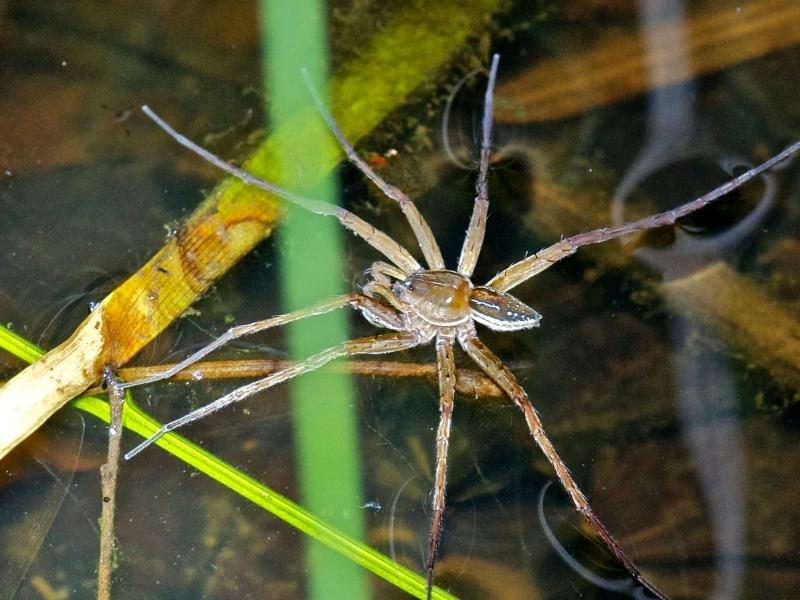
This Amazon species is both big and beautiful, growing up to 8 inches and boasting a green, gold and white body. Semi-aquatic, they’re most often found waiting at the edge of a pool or stream. They wait for ripples that advertise prey (insects, tadpoles and even small fish), then run across the surface to grab it and inject their venom. Some species can even encase themselves in a silver air bubble and climb beneath the water.
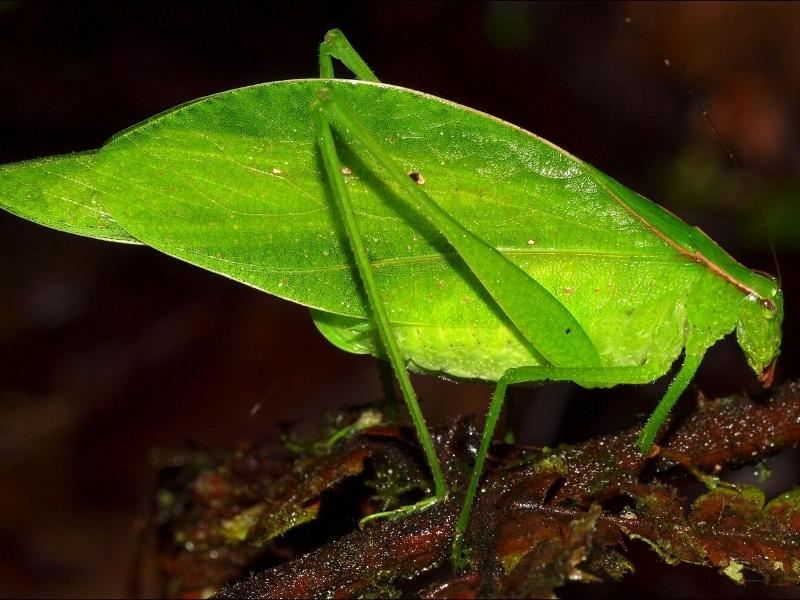
Closely related to crickets and grasshoppers, katydids get their name from the noises both sexes make by rubbing their legs together (which sounds like “kay-tee-did”). The tempo of this stridulation is dictated by ambient temperature: It’s said that you can count the number of chirps heard in 15 seconds, add 37, and get a fairly accurate temperature reading on the Fahrenheit scale. With veined bodies resembling a green leaf, they’re masters of the art of camouflage.
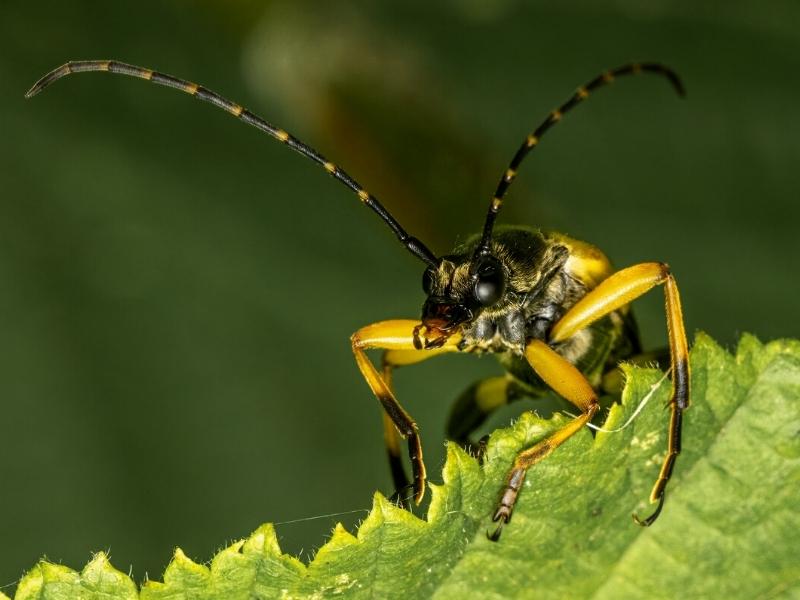
There are over 26,000 species in the Cerambycidae family, which are occasionally referred to by the awesome nickname “longicorns.” They’re characterized by their extremely long antennae, which are typically as long or even longer than the beetle’s body. They’re often vividly colorful, with some mimicking ants, bees and wasps. The most impressive species, the rare titan beetle, is widely considered the world’s largest insect, with a maximum body length of around 6.6 inches.
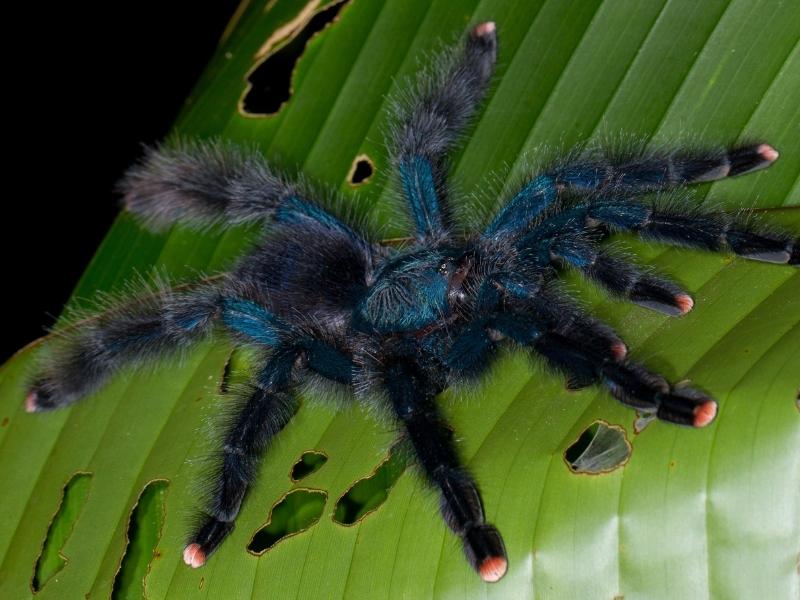
Pink Toe Tarantulas have a solid black body, but show some personality at their toes. A rather docile tarantula, they have pink tips on each of their eight legs. Unlike most tarantulas, they are active during the day. In addition, the pink toes help them stick out from their surroundings, allowing travelers a better chance of spotting them.

These powerful and impressive beetles from the scarab family have huge, intimidating horns that give them their name, and can grow up to 6 inches in size. They are proportionally the strongest animal on the planet, and can lift up to 850 times their own bodyweight! The male beetles clash together in deadly battles over females, lifting and throwing each other to the ground like armored wrestlers. Despite the apparent fierceness, these beetles are actually gentle and harmless to humans, making them popular pets.

Now it may just look like somebody has dropped their toupe, but this is actually the larva of a flannel moth. These little critters can be found searching for food amongst the leafy canopy in the Manu National Park, and their adult form is equally furry and cute.
Don’t be fooled by the harmless appearance of this little guy – the soft yellow fur hides dangerous venomous spines that upon contact with the skin can cause severe pain, nausea, burning, rashes, chest pain, and difficulty breathing. The pain of these spines has been likened to the pain of a broken bone or blunt force trauma, so this is one insect that it is best to admire from afar.

The Amazon is home to at least 7,000 species of butterflies – 35% of the world’s known butterfly species. One of the most striking butterflies in the jungle is the blue morpho. With brilliant blue wings, you cannot miss them fluttering around the rainforest.
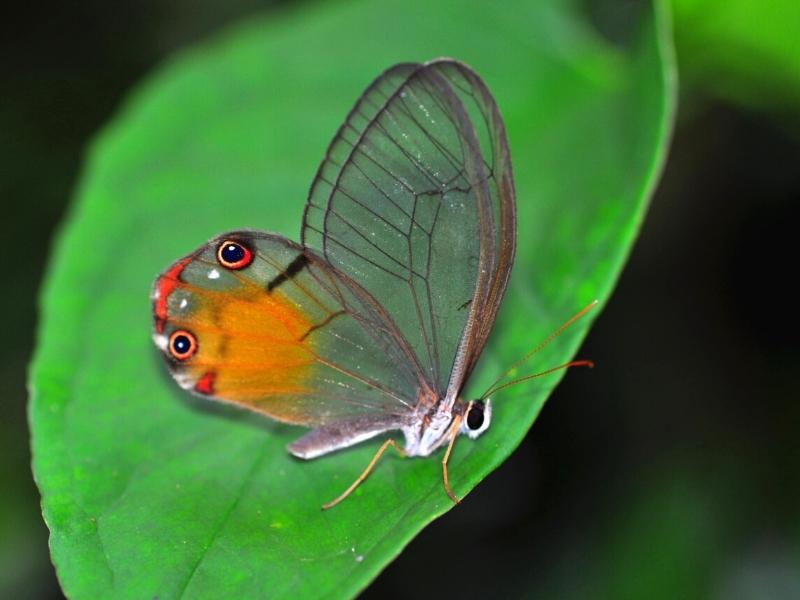
This incredible butterfly with translucent wings lives in the deep, well-shaded parts of the jungle. It earned its name from the amber accents on their wings and from being semi-transparent, like a phantom or ghost.

While scorpions are often thought of as desert dwellers, the Amazon Rainforest is also home to several species. After scrolling through the previous Amazon Rainforest animal photos, you probably thought you had just about seen it all. Then you learn that scorpions glow under blacklight! Under the beam of an ultraviolet light, scorpions glow a neon blue, lighting up like beacons in the night.

If you are keen-eyed, you may spot these otherworldly transparent butterflies fluttering through the shadowy rainforest. Resembling ethereal ghosts, these glass-winged butterflies are an enchanting sight.
Oddly, most butterflies actually have clear wings, but they are covered in colorful scales. If you rubbed off the delicate scales, the wings would be clear! Whilst beautiful to look at, these butterflies are very difficult to spot because of their transparent wings.
However if a predator did manage to catch one, these butterflies are laced with a deadly poison. The adults of this species actively seek out poisonous flowers containing pyrrolizidine alkaloid toxins and feed on them. So anyone unlucky enough to eat one of these butterflies will suffer extreme liver damage or even death.
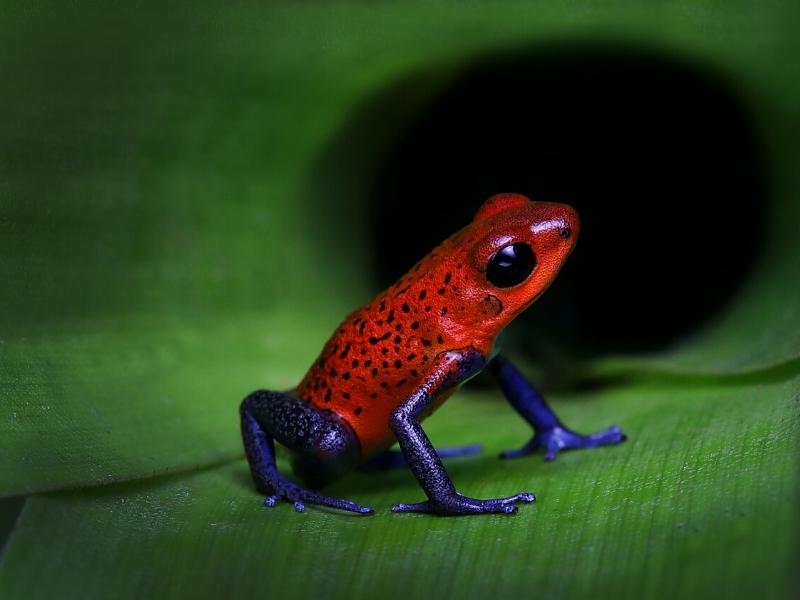
Some of the most colorful amphibians in the jungle are poison dart frogs. These small, poisonous jungle creatures typically have intricate patterns on their brightly colored bodies. Ranging from hues of red, blue, yellow, and everything in between, their bright colors are a key defense mechanism to ward off predators.
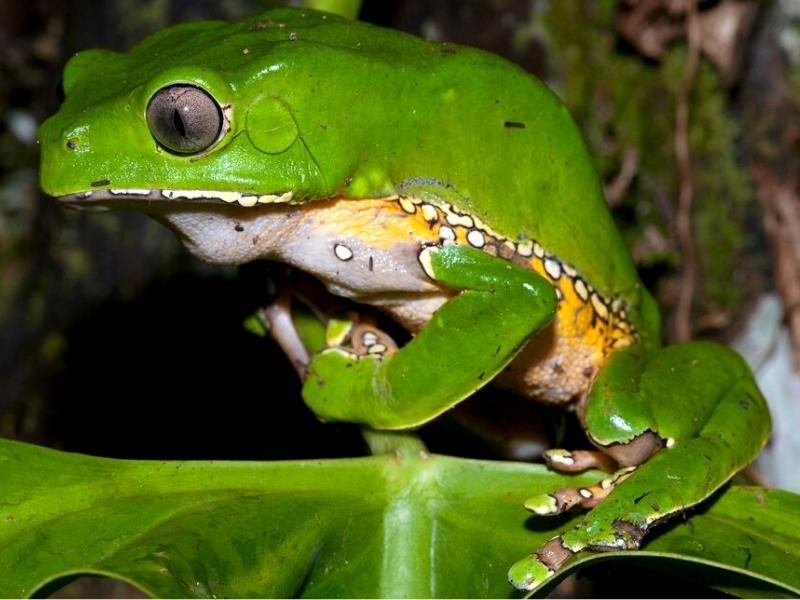
The eyes on this frog are certainly its most notable feature. These giant leaf frogs are commonly found across the Amazon. These frogs have bright green backsides with a cream colored belly. The frogs spend most of their time in trees rather than the forest floor. They swing between trees like monkeys, giving them an alternate name: giant monkey frog.

Dive deep into the culture and landscapes of Peru with this adventure to Machu Picchu, the Amazon and more. Search for wildlife along jungle trails and rivers in the rainforest from a comfortable lodge then head up into the Andes to Cusco, the capital of the Inca empire.


Your luxury trip to Peru includes a selection of Andean and Amazonian landscapes. We will help you to explore this welcoming and varied country, planning each step of your trip, with the best services. With the help of amazing expert guides, you can enjoy all that Peru has to offer, every detail is well taken care of.


Peru is a country with different cultures and beautiful landscapes. It has one of the best gastronomy in the world. This tour is designed for travelers looking for unique and special moments in their vacations, and families who want to avoid crowds. You will visit the ancient city of Lima, the Amazon forest, the beautiful sacred valley of the Incas, the wonder of Machu Picchu.

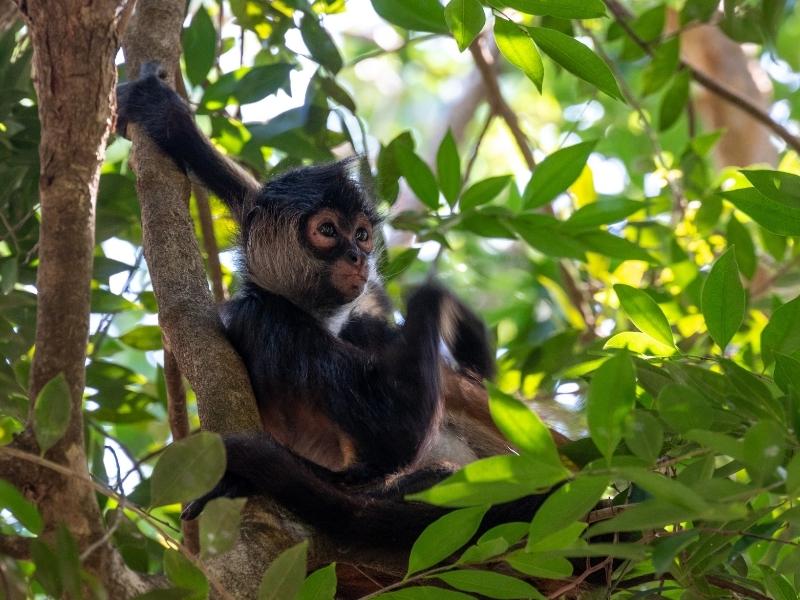
Manu National Park is an excellent way to experience an intense amazon wildlife.Is the biggest Amazon rainforest in the Americas, its incomparable natural wealth, host the greatest amount of flora and fauna of the world.

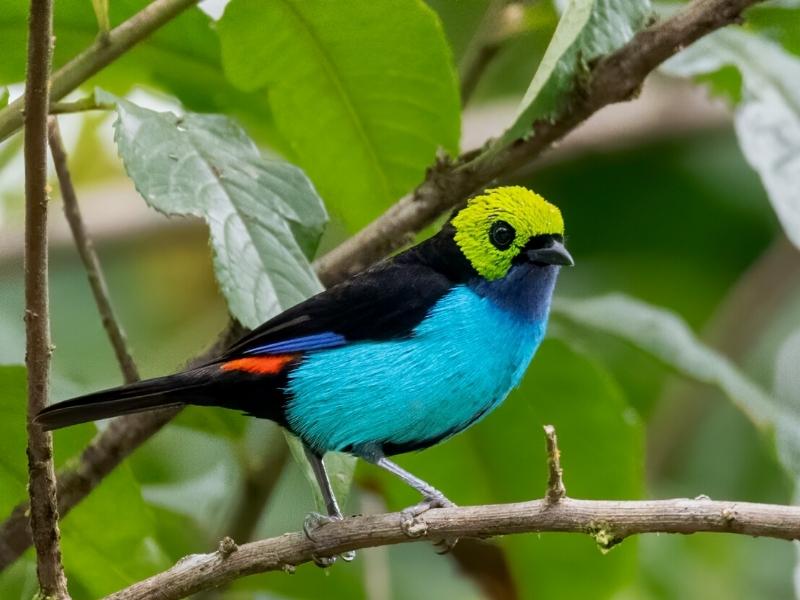
Manu National Park is located in the Amazon rainforest of Peru. This attraction is one of the few places on the planet that still maintains its great biodiversity of birds, mammals, reptiles and many medicinal plants.


Explore Manu National Park 5 days, the amazon’s mystery and Live a fascinating adventure to the vast amazon Manu national park , is one of the best places in South America to see a stunning variety of tropical wildlife.


This trip allows you to have one of the best experiences in the Manu National Park which includes the Reserved Zone in only 7 days. It is an ideal way to experience the culture and traditions of local communities and see the distinct species of animals and birds that inhabit here.

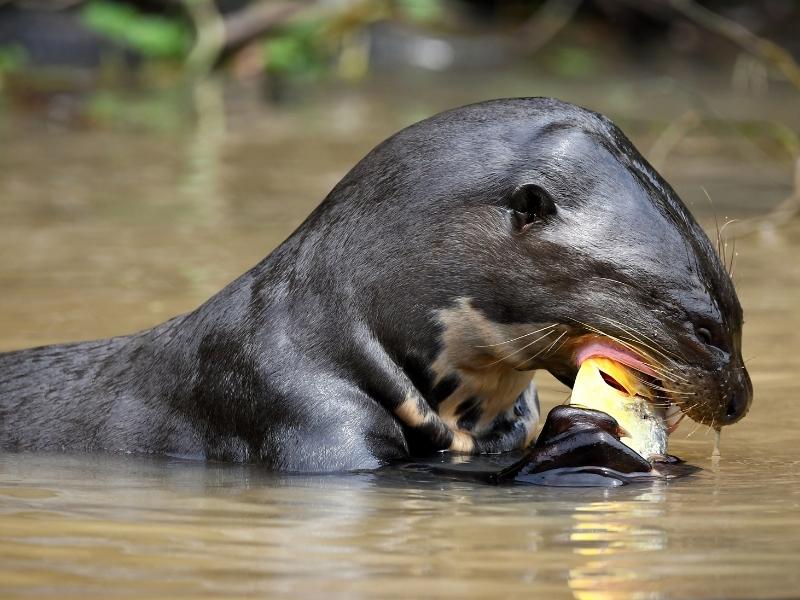
Discover the majestic Amazon rainforest of the Manu National Park. This protected area is in Peru, it is one of the largest ecosystems on the planet, due to its great diversity of birds, insects, plants and mammals.


The Manu Jungle tour goes to one of the largest life biosphere reserves in the World. You will enjoy wildlife, traditional villages, with the best specialized guides.
